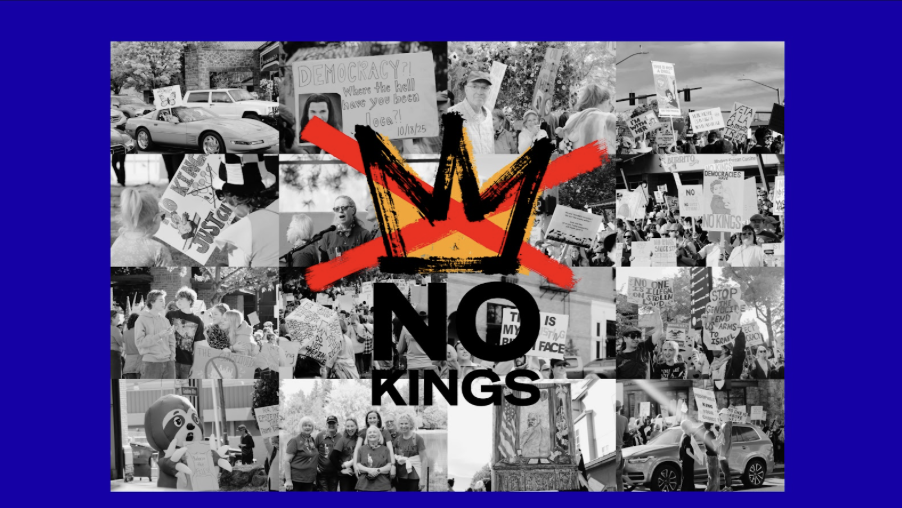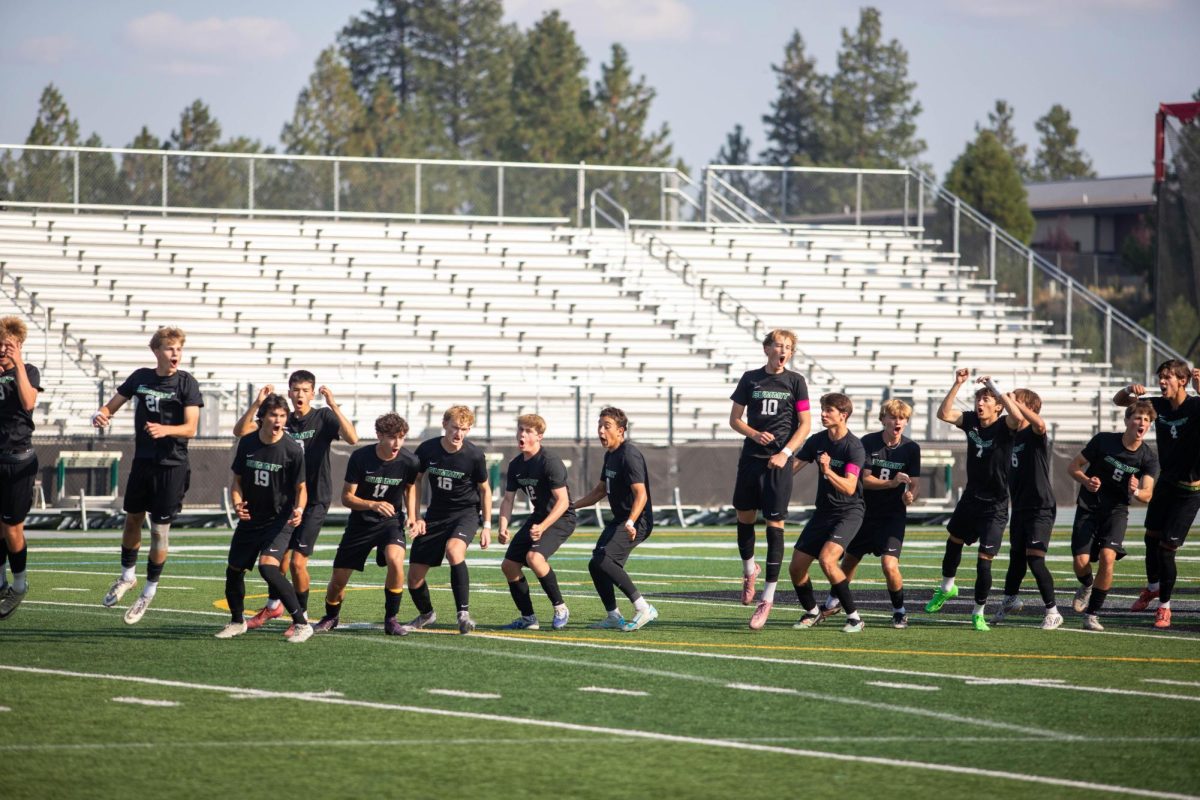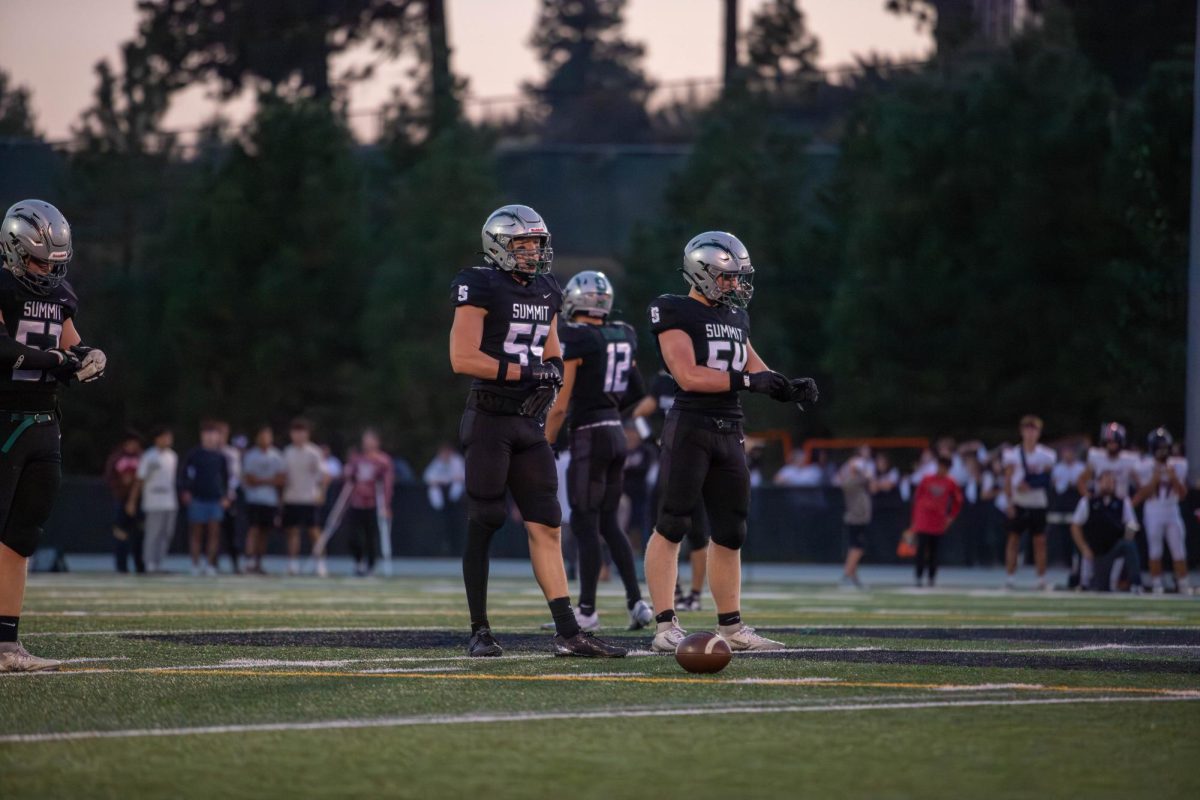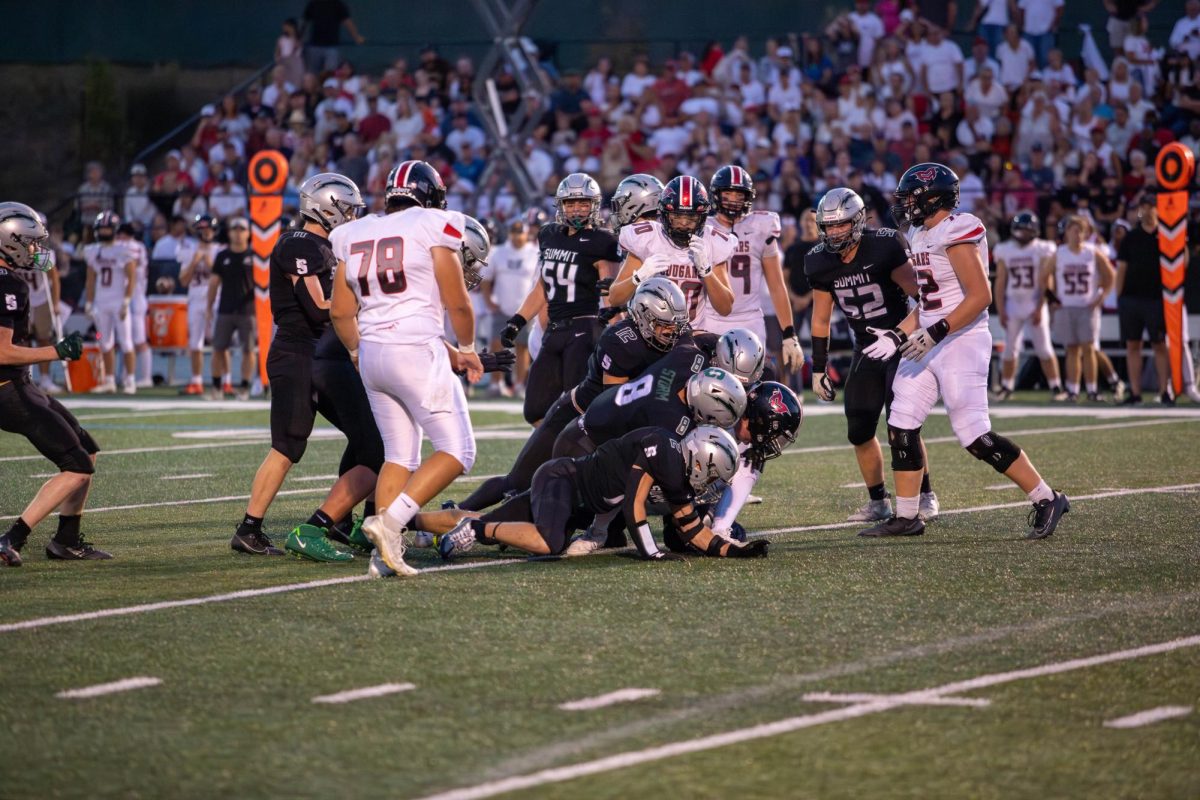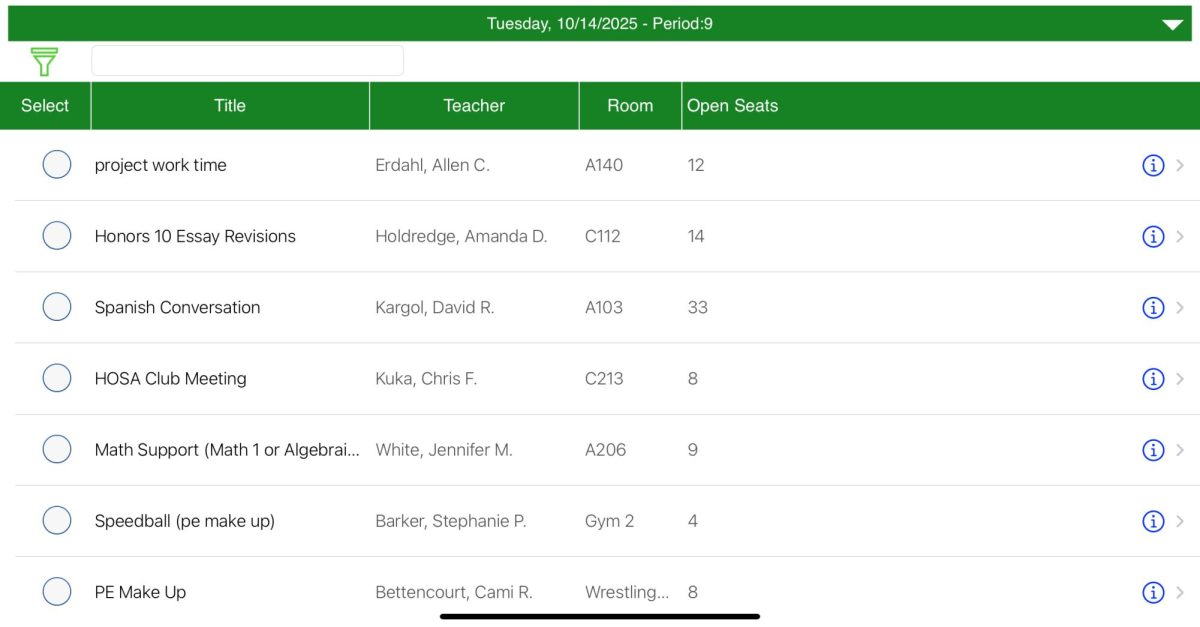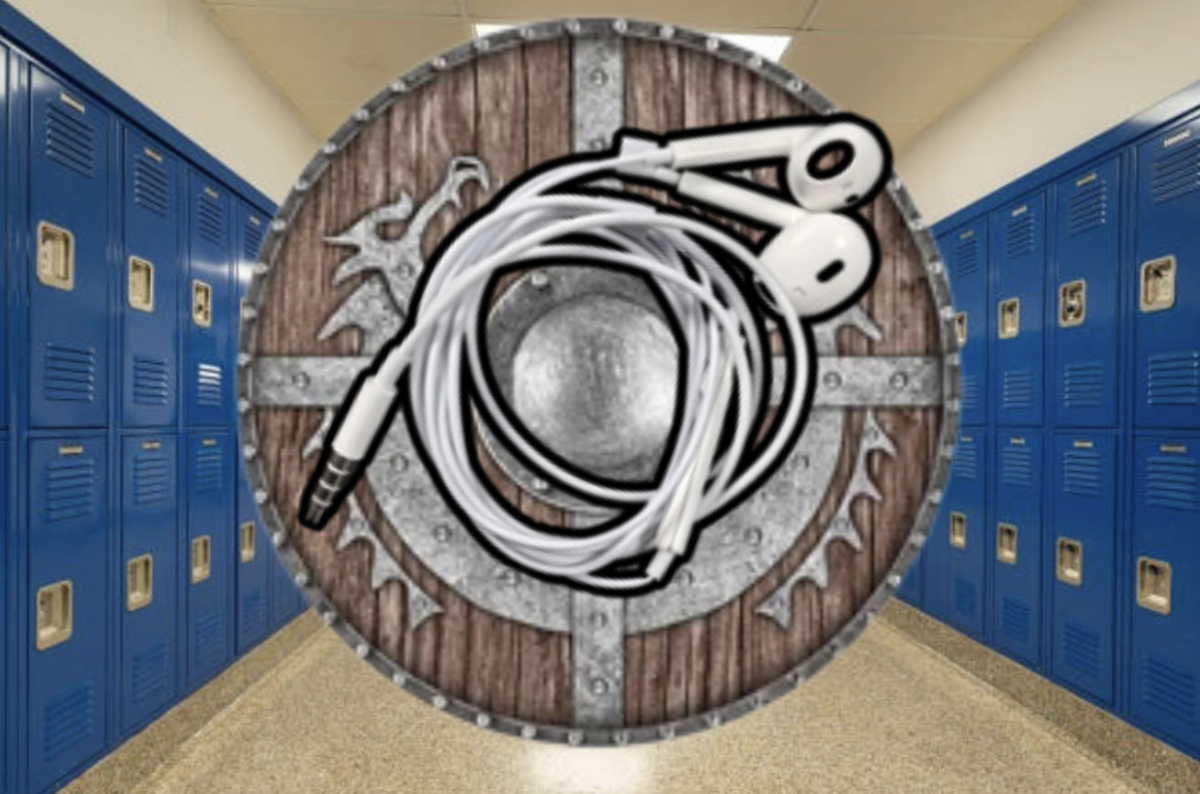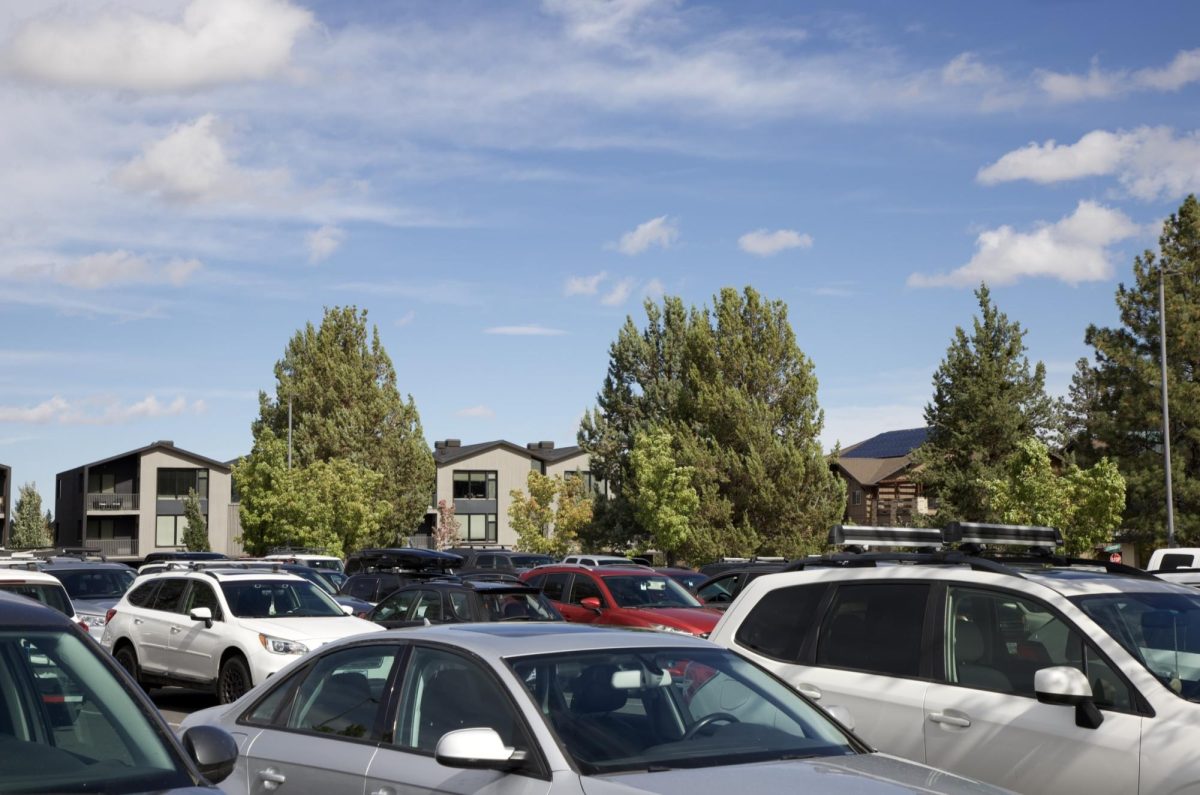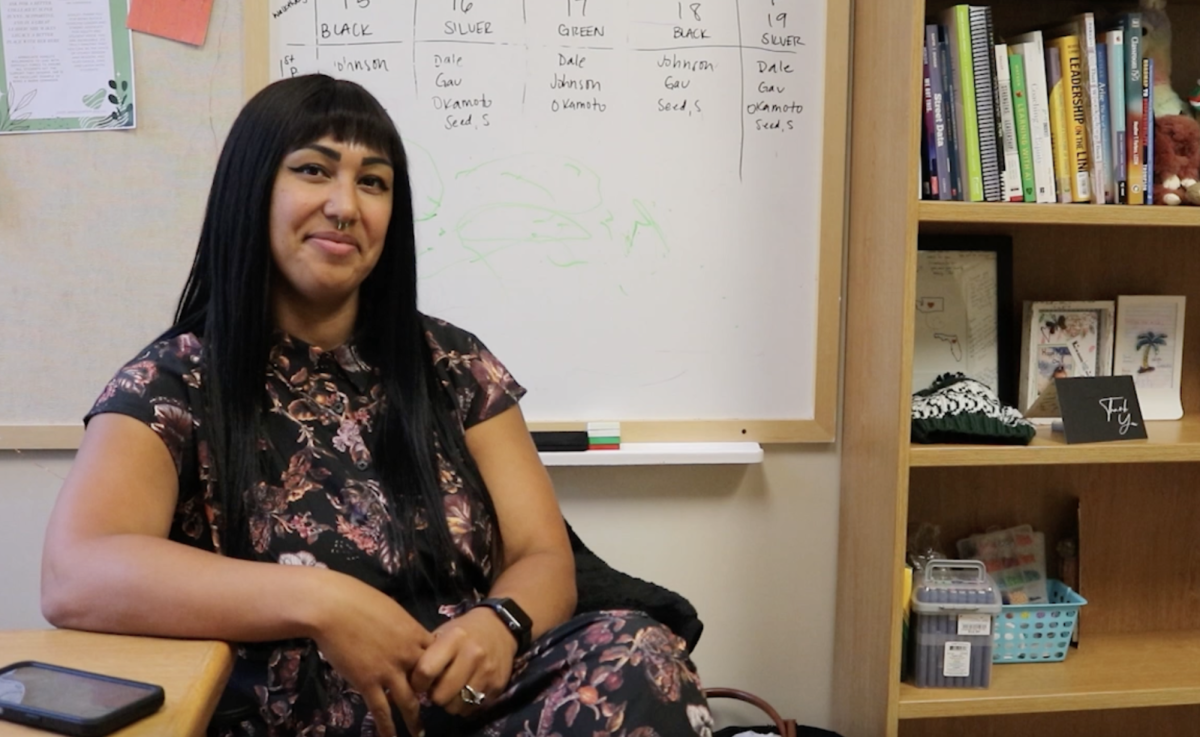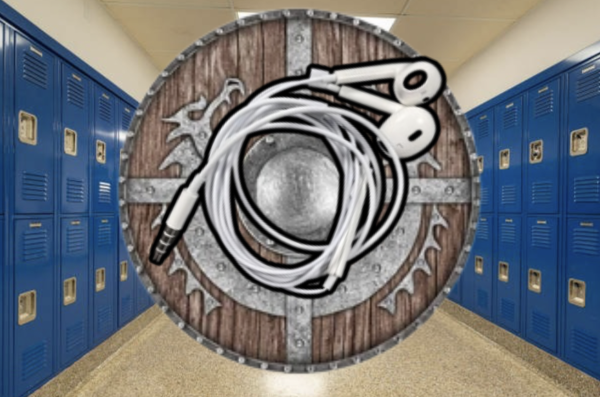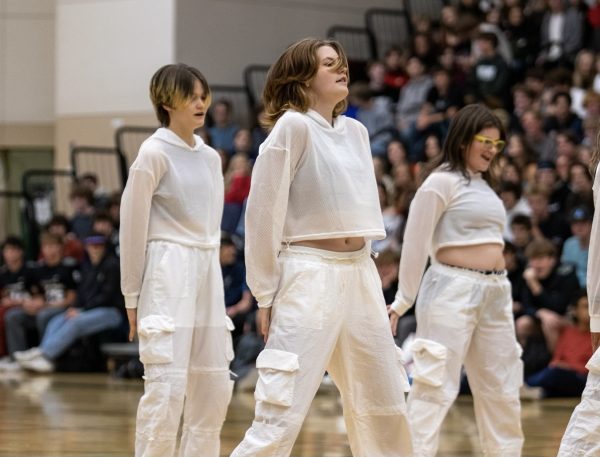Shame of the State School
Seated in front of a cluttered computer screen amongst college applications, lingering AP assignments and over-analyzed text edits, high school senior Jess McComb furiously debated her plans for the next year.
At the time—winter of 2021—McComb was the Features editor of the Pinnacle, an aspiring writer and blatant pessimist. She was the kind of person who had her future all mapped out. Everything from small high-school details, like interning for the Source Weekly, to bigger plans like going to New York, studying journalism and working for the New York Times was all planned to a T.
After graduating, McComb accomplished her hopes of attending a prestigious liberal arts college on the east coast.
Although knowing little of Stony Brook, its programs, social aspects and even New York itself, McComb was dying to go, consumed with its name, status and reputation. Stony Brook is known as one of the top public research universities in America, with a 48-percent acceptance rate, and an average GPA of 3.94.
“My [initial] decision was completely reputation based, and it shouldn’t have been,” McComb said.
Come fall of 2022, she transferred to the University of Oregon sophomore year, favoring the state school she was acutely opposed to in her senior year of high school. She switched mainly for their acclaimed journalism program, ranked eighth in the nation.
“I know this is going to sound obnoxious—but I suppose that’s the point. I wanted to feel different,” McComb said. “I was even opposed to going to school in California, like the classic Summit highschool to SoCal pipeline. I was focusing so much on the social-reputation aspect when I should have been focusing on the school itself and its programs.”
Falling victim to common college stereotypes and their esteemed rank—which, in large part, is derived from rankings in outlets such as the U.S. News and World Report—is easy to do.
Often, seniors are tainted with the idea that a lower acceptance rate and high price tag mean a better choice, but this confining view can lead to jeopardizing what’s really important.
Yet, when choosing where to begin the next four years of our lives, we need to be honest with ourselves and consider fit, cost and general programs, not just name-based reputation.
STATE SCHOOL OR SAFETY SCHOOL?
Why is it that we have been conditioned to think that a state school should be a last resort? That going in-state means ‘settling’?
Is it because our larger public schools, like the University of Oregon and Oregon State, have acceptance rates hovering around 90 percent that they tend to become one’s fallback school? And as such we become accustomed to thinking of them as second or third-rate, certainly not an ‘acceptable’ first choice. (Keep in mind, though, that their out-of-state rates drop to about 50 percent.)
Perhaps our bigger state schools like Oregon State and the University of Oregon don’t have competitive acceptance rates but they are incredible institutions for a myriad of reasons.
University of Oregon and Oregon State hold the top spots for public universities in Oregon and both are considered Tier 1 public research universities. The University of Oregon has faculty made up of a Nobel Prize winner, Pulitzer Prize winner, two National Medal of Science Winners, 30 Guggenheim Fellows and many more highly accredited staff members. Their student body is 36 percent ethnic and racial minorities with students coming from all over the world to attend University of Oregon.
Oregon State holds the spot for the second-best forestry program and the third-best oceanography program in the world. Additionally, four of the top one percent most-cited researchers in the world reside on their faculty team.
Despite the accredited aspects of our in-state universities, many Oregon students see these schools as a backup when applying to colleges. Maybe, by categorizing our in-state schools as “safety schools,” our Oregon universities obtain a shameful notion.
“The whole idea about going to U of O was so skewed in my mind,” McComb said. “I told my college counselors it was my absolute last choice, applying just for safety. But here I am, going there.”
When we categorize state schools as “safety schools” it elevates this pressure to go “somewhere,” because going to a state school must mean you’ve failed, because just “anyone” can get in.
SOCIAL PRESSURES
The origins of this phenomenon are hard to pin down. But it seems there is an overwhelmingly skewed perception of attending a state school. One that leads graduating seniors to believe that staying in-state for college or even attending a university that isn’t ranked in a top-10 list is somehow a measure of how hard you’ve worked. Ridiculous.
When explaining her senior year, McComb expressed how it seemed so awful to stay in-state, how it felt like the place to go if she got rejected from her top schools, if she “failed.”
Similarly, a lot of high-achieving students tend to have conflicting internal dialogue when it comes to the college decision process.
It’s a dialogue that sounds like, Oh I’ve worked so hard in high school, for what? Just to go to a state school? That’s not good enough. That must mean I’M not good enough.
It’s almost like we’ve been conditioned to think that if we go to a state school, it might mean we are inferior to our peers who attend ‘prestigious’ schools?
When reflecting on his thoughts surrounding college as a naive underclassman, Bailey Martin, currently a Summit senior, admits that when he heard of people going to Oregon State or University of Oregon he would immediately judge them, thinking they weren’t smart enough to go anywhere else or that they simply didn’t try hard enough in high school.
“After having this experience for myself, I’ve realized that it’s all bullshit,” Martin said. “I’ve struggled with feeling like all my hard work in high school isn’t justified if I don’t go to a school that is ranked well.”
Martin plans to study engineering at either Oregon State or Gonzaga.
As the decision deadline looms closer and closer with each passing hour, we judge others and ourselves based on our college choice. We think it’s a reflection of our success, our intelligence, our achievement. How skewed is that?
In fact, the shame that surrounds rejection from an elite university runs so deep it caused several people to pull their interviews. They asked not to be quoted, largely because they didn’t want their peers to know of their rejections from top schools, as if it was indicative of their worth. These students feel they have to “settle” for the next best university they got into, at least according to the rankings.
But therein lies the problem: the idea that going to a state school, or even a university that isn’t ranked in some top-10 list is somehow a reflection on your character or how hard you’ve worked. It isn’t.
“It’s dangerous to attach your value or worth as a person to the institutions you attend or your academic record,” said Becky Knight, a 2022 Summit alumni. “Those things are all important but it doesn’t define your person—that’s intrinsic.”
Knight dealt with the perception of a state school in a slightly different way than McComb. Although feeling outside pressure to go somewhere else due to her high-achieving academic nature, Knight wanted to go to Oregon State University.
“I think there definitely is a stigma, especially at Summit compared to the other high schools, to go to an imposing school. And I just don’t think it’s merited,” Knight said. She chose Oregon State for its oceanography program—ranked fifth in the nation.
Only applying to three schools, she knew she wanted to stay on the West Coast—close to her roots—and study marine science.
“I think people that say U of O and OSU aren’t good schools don’t really know what they are talking about,” Knight said. “People come from all over the US to go to our schools, [they’re] a really cool place to be.”
We somehow believe that the luster of the institution we attend—established by its ranking and its exclusivity—will not only define our place in the world but also determine professional success. Because of this, we minimize other and important criteria in choosing a college.
For McComb, the University of Oregon was always the better choice as they have an outstanding journalism program, and Stony Brook’s is definitely “so-so”. But when deciding what college to attend she was so focused on social pressures and the ‘name value’ of Stony Brook compared to a state school—jeopardizing her own well-being and possible career success.
While choosing our college is a big decision, it shouldn’t be outsourced from U.S News, Forbes or any other one-size-fits-all list. We should be picking schools based on their programs and culture, not just on prestige or notoriety.
CONFLATING PRICE WITH PRESTIGE
State schools are often Summit students’ fall-backs, thanks in part to 90 percent acceptance rates for in-state students and a proximity to home—making them seem less prestigious. But their relative affordability has also contributed to this skewed perception—one that is totally off-base and classist.
This Summit-specific view of our state schools amasses a pressure to attend an institution with status and, at the same time, some students experience shame around wanting or financially needing to go to an Oregon state school.
“Especially at Summit there’s this microcosm of Bend’s wealthiest families,” Knight said. “And because our student body is typically of higher socioeconomic status, money isn’t even a factor for some people—or at least it seems that way.”
Within Summit, it seems there is certainly some keeping-up-with-the-Jones-style culture that involves price. This feels very snobby, spoiled, elitist, and out of touch with reality. Which some may say is Summit High School in a nutshell.
“I think the stereotype [at schools like Summit] around state schools is that you couldn’t do better, you couldn’t afford to go out of state, and I think a lot of that is based on peoples preconceived notions and opinions, not on fact,” said Knight, acknowledging the judgment she felt from peers by choosing to stay go in-state.
According to a number of Bend High Seniors, they too agree that this price issue is more pervasive at Summit than say Mountain View or Bend High, likely because Summit is made up of a very wealthy demographic.
“It certainly feels more prevalent at Summit, because the school is in such a rich neighborhood,” said Natalie Williams, a Bend High senior. “Because of this, the kids have more money and more resources to attend these prestigious and expensive colleges. So it makes sense why they would strive for them.”
Williams explains that the lack of elitism at Bend High could be a result of the amount of students who will be the first in their families to go to college.
“We have kids that are just aiming to get into college regardless of name or prestige. And we have an incredible future center that focuses on getting kids excited and involved about all college options,” said Williams, “they get people so excited even if it is “just a state school”.”
Mackenna Kirpatrick, Bend High senior who transferred from Summit her junior year, admits that although similar pressures to go to an acclaimed university arise because of the IB program, it is minute and revolves less around money.
“At Bend High, there is not this competitive nature, maybe that’s due to a less rigorous sports or academic culture,” said Kirpatrick, “but at Bend, it feels like more of a community and less judgemental—albeit there are still kids that care about status and reputation. But as a whole it’s not as snobby.”

Amongst her army of plants, hoard of art projects, growing collection of super stylish thrifted clothes and crumpled up to-do lists, you can find Elliana in her sun-soaked room scribbling away in one of...


